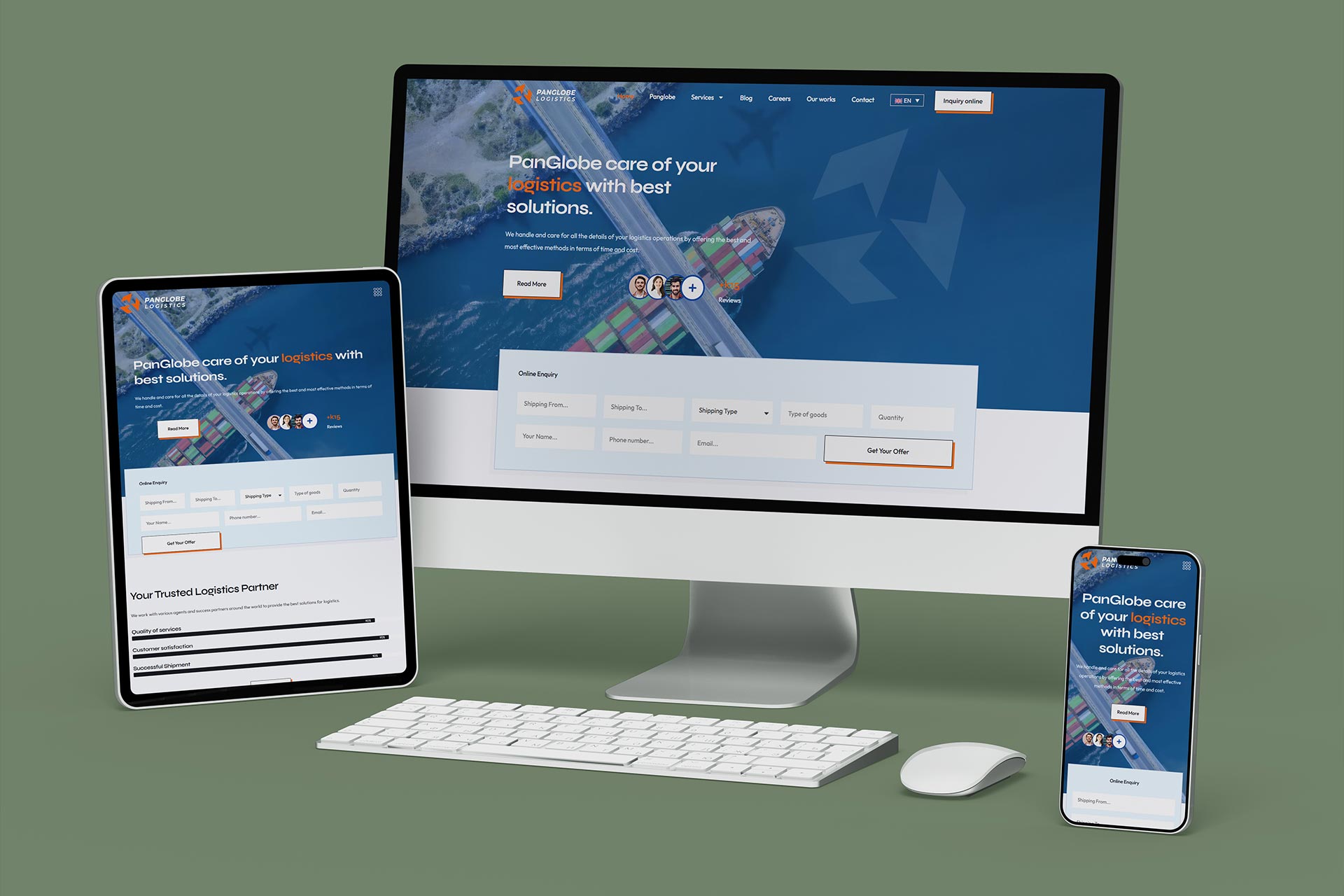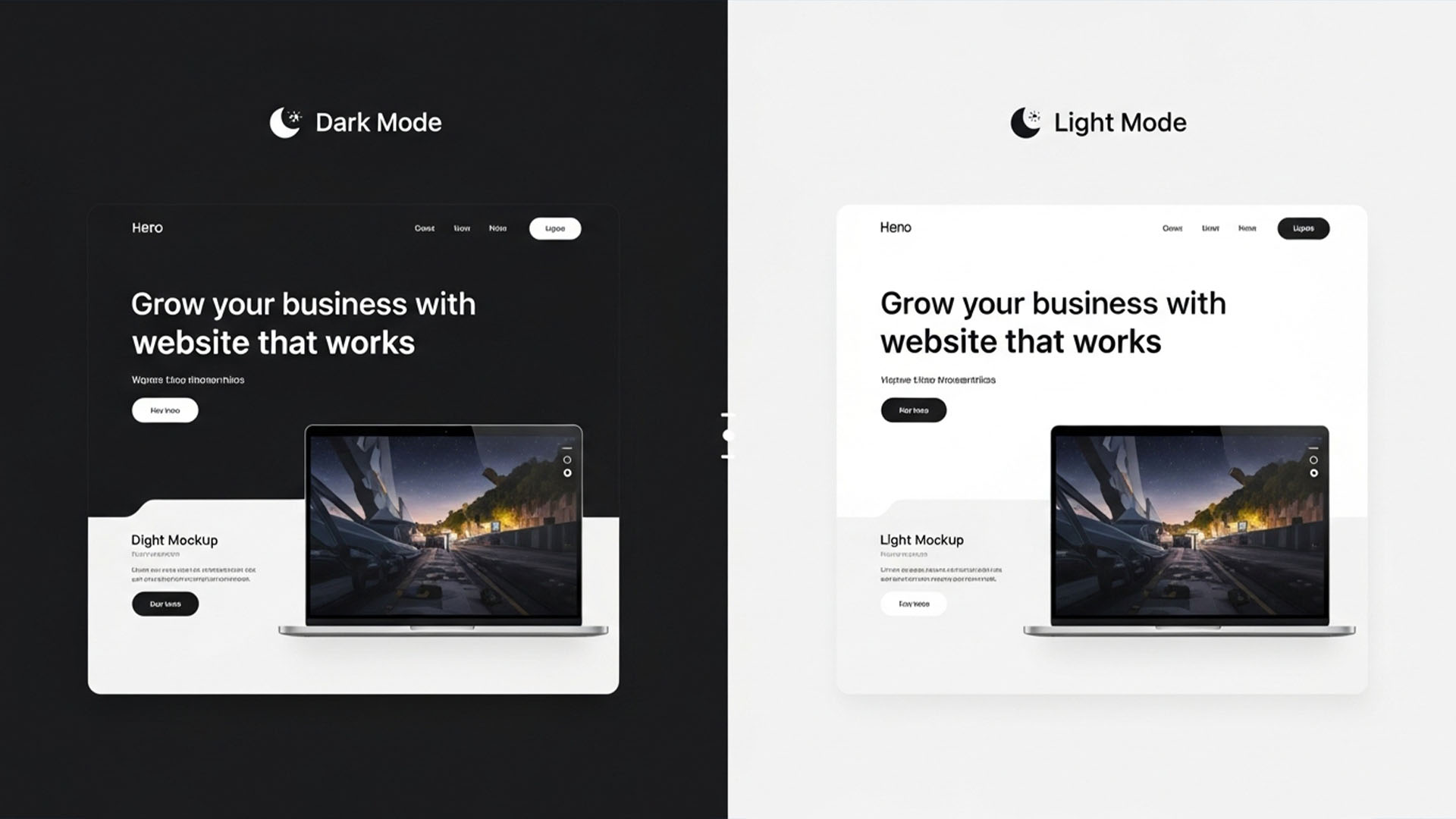
The Importance of Responsive Design in Modern Website Development
In today’s digital era, where users access websites from a variety of devices—desktops, tablets, and smartphones—responsive design has become a necessity rather than an option. It ensures a seamless and consistent user experience across all devices, ultimately enhancing engagement and usability.
Why Is Responsive Design Crucial for Website Development?
The significance of responsive design lies in several key factors:
1. Enhancing User Experience
A responsive website automatically adjusts to different screen sizes, ensuring an optimal viewing experience on all devices, including smartphones, tablets, and desktops.
- It makes navigation, reading, and interactions smoother.
- Users are more likely to stay longer, reducing bounce rates and increasing engagement.
2. Improving Search Engine Rankings
Search engines like Google favor responsive websites as they offer a better experience for users.
- Responsive design improves SEO rankings, making the website more discoverable.
- Higher rankings lead to increased organic traffic and a broader audience reach.
3. Expanding Audience Reach
With mobile usage continuously on the rise, having a responsive design ensures accessibility for a larger audience.
- It makes the website user-friendly across all devices.
- Businesses can effectively target and engage with mobile users, maximizing potential leads and conversions.
4. Saving Time and Costs
Instead of developing multiple versions of a website for different devices, responsive design allows for a single, adaptable site.
- It significantly reduces development and maintenance costs.
- Updates are applied universally, saving both time and effort.
5. Strengthening Brand Identity
A well-optimized, responsive website reflects a brand’s professionalism and commitment to user experience.
- It builds a strong brand reputation by ensuring consistency in design and functionality.
- Users perceive the brand as more reliable and trustworthy, leading to higher customer loyalty.
6. Simplified Maintenance and Updates
Since a responsive site operates on a single database, updates and maintenance are easier to manage.
- Any modifications are automatically applied across all platforms.
- This allows for quick fixes, improvements, and seamless scalability.
7. Increasing Conversion Rates
A smooth and intuitive user experience leads to higher conversion rates.
- Visitors are more likely to complete actions such as making a purchase, signing up, or filling out a form.
- A responsive design enhances usability, encouraging users to take desired actions effortlessly.
Need Expert Help? Contact Loop Media
For more insights on responsive design and modern website development, feel free to reach out to the Loop Media team:
- 📞 (+966) 53 692 8397
- 📧 Support@loop-media.co
- Visit our Contact Us page.
This article is available in Arabic. You can read the Arabic version [here].
 العربية
العربية


